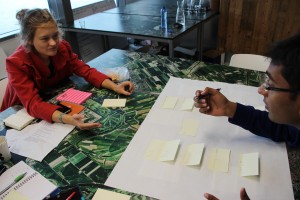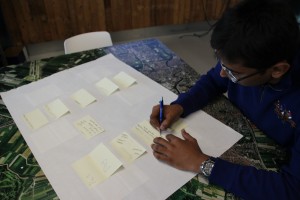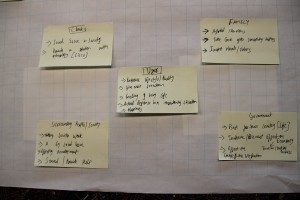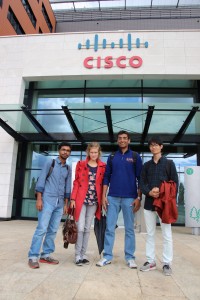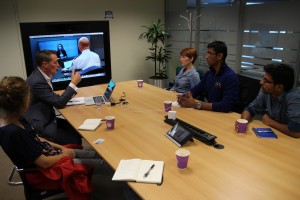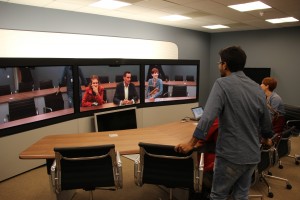Final concept
The final concept has been decided on, but before discussing this, the other 2 concepts should be discussed.
Concept 1: Jullie Buurt.
This concept entails a workshop for people from a specific neighbourhood in Nieuw West where they make lamps together from recycled materials in order to get more agency, improve the environment and get to know their neighbours. During the workshops, discussions can be started about problems in the neighbourhood. Figure 1 shows how the lamps would be spread around the neighbourhood and improve the atmosphere.
Why?
The workshop improves the feeling of safety in the neighbourhood, because neighbours get to know each other. It will improve the feeling of safety in public space, since lamps enhance the overview of the neighbourhood. It will be for women, but not only for women, since everyone can be a part of the workshop.
From research, it became clear that social cohesion is an important factor that can influence the feeling of safety. When neighbours know each other, they will ask for help more quickly and this is useful for when someone is in danger. Also, the policy advisor of Nieuw West told us that you have to give people agency which will make sure they’re involved. That is what is done by the workshop, which is bottom up approach. The lamps will improve the feeling of safety in the environment, since light has a positive influence on the feeling of safety. Research also showed that some problems remain undiscussed in a lot of neighbours which can be made possible during the workshops. An example of this can be different opinions on waste on the streets. When people will discuss this, there will be no more problems with it.
Figure 1: Jullie Buurt
Concept 2: TouchéBag
It is an accessory for a bag which provides haptic feedback (vibration) when in close proximity to a neighbour. The accessory has 3 LED lights which would start blinking when the residential address of the user matches with one of their neighbours. When there is a positive match for the building number/neighbourhood, the ToucheBag accessory would vibrate giving users the information that the person close to them is their neighbour. Therefore they could initiate the conversation with their neighbours. This in turn would increase the interaction amongst neighbours and help in community building.
Concept 3: Posture aroma
A PostureAroma is a wearable device which can be worn around the neck. Good Aroma is emitted from the device when the user has a bad posture. It informs the user for the good posture naturally, not obtrusively. In this concept, the mechanism will be automatic to detect the posture and emitting aroma. The design of the necklace and posture detection will be the major factors, the user will not have any connection with other users having the same necklace. In Figure the effect of the posturaoma can be seen. First the use walks benede and feels less confident. then she wears the aroma necklace which will emit an aroma after having detected the posture. The user now stands up straight which makes her feel more confident and therefore more safe.
Final concept
For the final concept, we chose the Posture aroma for several reasons. First of all the feedback from the users was mostly positive. These are some of the most important points: if it works it would be ideal, since it would be really helpful for people who feel insecure. One woman attended a lot of self defence classes and told us that standing up straight is a big part of those courses. This is because when you stand straight, you get a better overview. Also, because if you walk slouched, you are considered a victim. One of them also thought that the good fragrance will make you forget about feeling safe. Women also liked it that it doesn’t draw much attention. One also liked it that it had effect on herself which she liked better compared to the touche bag which needs other people to make the concept effective.
The weaknesses of this necklace are that it might be easily breakable and not easily incorperated in daily routine. Also some women might not like aroma. The biggest problem is that the feedback system will be a challenge to create. Although there are a lot of weaknesses, there are also a lot of strengths. One of the most important strengths is that it doesn’t impose a sexual morality like a chastity belt type wearable. This means that it is not defensive, but it includes a positive approach since pleasant things are added. It is also very innovative, since it is a really different approach compared to existing solutions. Also, it is not space specific. It is also specifically for women.







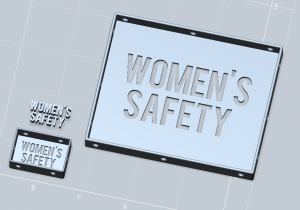


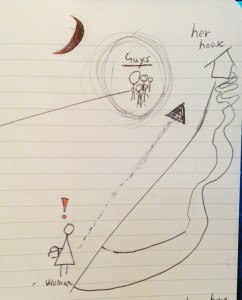
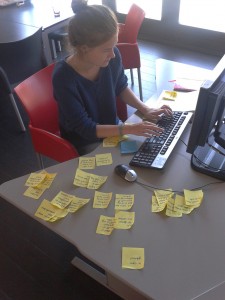
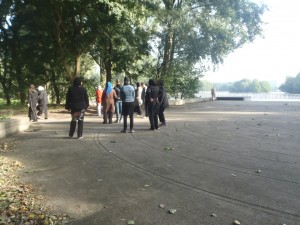
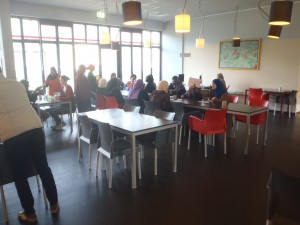
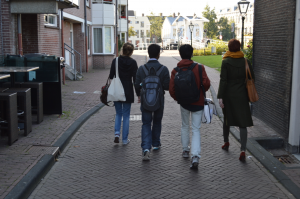
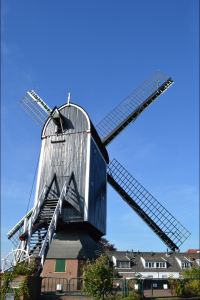
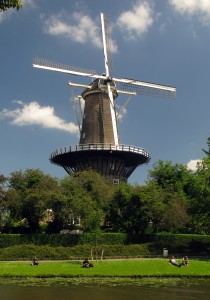
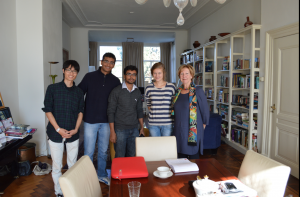
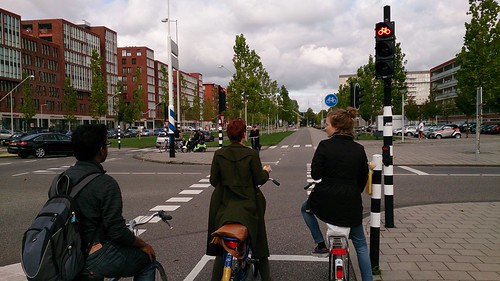
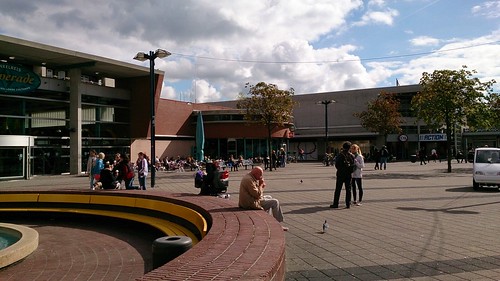
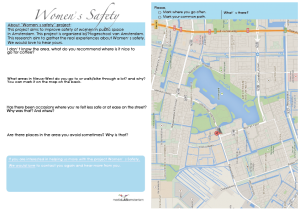
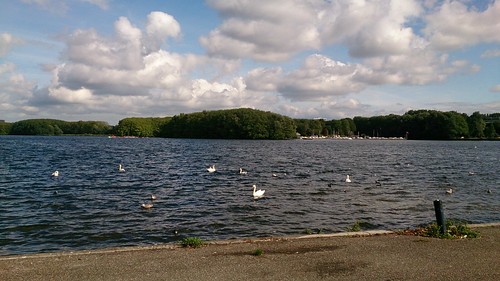
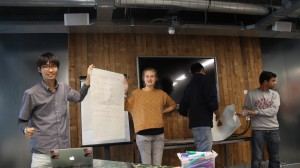
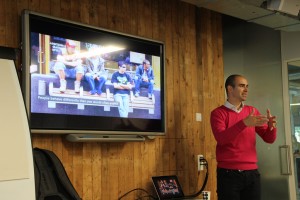
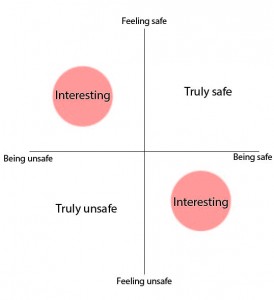 The other important thing was the fear of crime paradox which Van ‘t Hof talks about in his research on the railway stations. Where people feel safe, they are mostly unsafe. He gave the example of the center of Amsterdam where people feel safe, but actually they are the least safe. He also mentioned the bystander effect which entails that when there are more people around, people tend to offer less help to victims. This is interesting, since in busy places, people actually feel more safe, but when something happens, they will not get a lot of help.
The other important thing was the fear of crime paradox which Van ‘t Hof talks about in his research on the railway stations. Where people feel safe, they are mostly unsafe. He gave the example of the center of Amsterdam where people feel safe, but actually they are the least safe. He also mentioned the bystander effect which entails that when there are more people around, people tend to offer less help to victims. This is interesting, since in busy places, people actually feel more safe, but when something happens, they will not get a lot of help.
